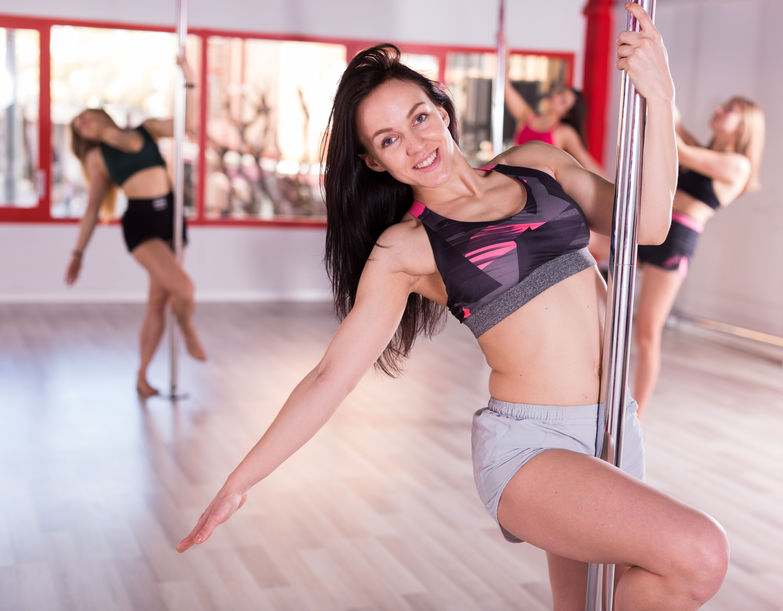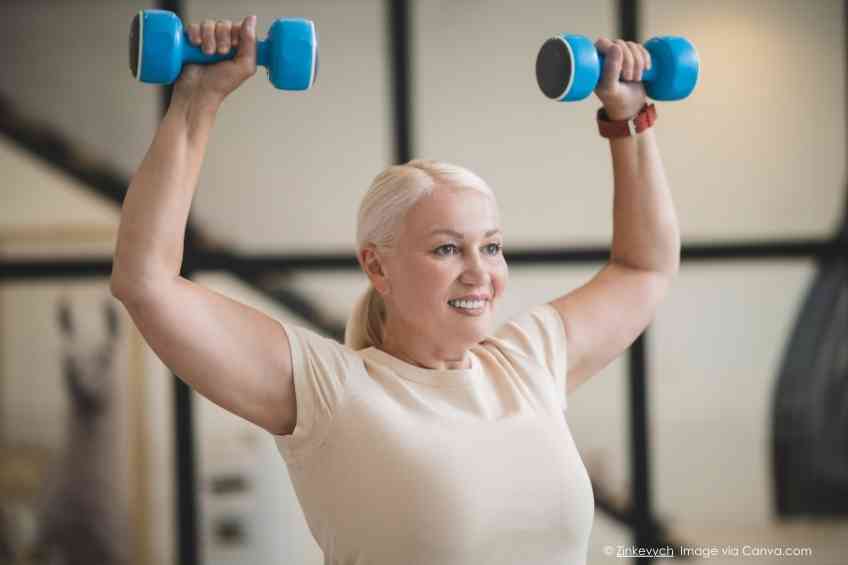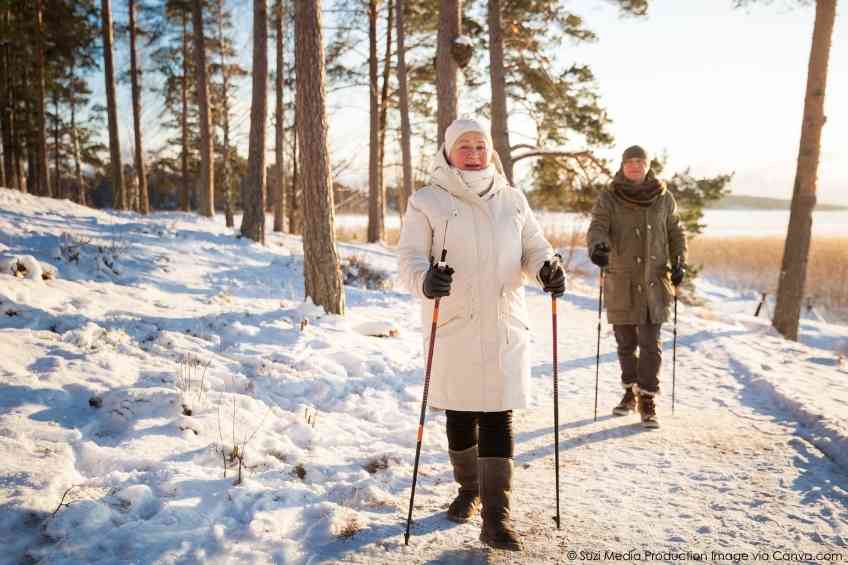By Jessica Scarpati –
When Jennifer Lopez performed gravity-defying acrobatics on a metal pole during this year’s Super Bowl halftime show, many parents shielded their children’s eyes and frantically sought to move on from an awkward family moment. But as J-Lo pulled herself up the spinning pole and fanned her arms out midair—gripping the metal with only her thigh and calf muscles—another group of viewers had a very different reaction.
“I had to turn it off halfway through. I am disgusted and offended that J-Lo, at 50 years old, has greater core strength than I do at 27,” read one tongue-in-check tweet.
As its stigma continues to be stripped away, pole dancing has earned credibility as a rigorous, full-body workout with a long list of strength, conditioning and cardio benefits. In fact, pole dancing (or pole and aerial sports as it’s known in the athletic world) was recently recognized as an official sport and is now vying for a spot in the Summer Olympics, according to Shape magazine.
The perks of pole dancing for fitness are similar to gymnastics. It improves upper-and lower-body muscle tone, grip strength, physical endurance, balance and core strength. Some practitioners report it has even helped soothe chronic pain caused by conditions such as rheumatoid arthritis, according to Healthline.
“Pole dancing is unique, as it combines three forms of exercise—cardiovascular fitness, muscular strength and flexibility—so it’s a good choice for achieving different types of exercise in one workout,” reports University of Western Australia researcher Joanna Nicholas, who studies the science of pole dancing.
In a 2019 study, Nicholas and her colleagues outfitted 14 amateur pole dancers with devices that measured their metabolism during a 60-minute, advanced-level fitness class. The average dancer burned about 280 calories an hour, making it a moderate-intensity exercise.
Ready to give pole dancing a whirl? While it’s possible to purchase home equipment, experts advise starting with an instructor-led class to learn proper form, basic moves and, above all, safety.
Most pole studios cater to a variety of fitness levels and experiences, with no shortage of options for beginners. Many classes start off with a brief warmup of bodyweight exercises—including planks, pushups and squats—to prepare the muscles for the rigors of spinning, climbing and flipping on the pole.
“You don’t have to be in the best shape of your life. You don’t have to be the most flexible. You don’t have to be all these things because no matter where you’re at on the pole, and your level and your movement, there’s something for you,” Devon Williams, CEO of Washington, D.C.’s Pole Pressure studio recently told NPR.
Pole dancing studios also usually pride themselves on providing an inclusive space that welcomes students of ages, body types and, yes, genders. While pole dancing is perceived as a women’s activity, many studios offer co-ed or men’s classes.
Like any exercise, pole dancing is not without risks. Beginners especially are at risk to suffer from a few bruises, friction burns and muscle soreness. Although serious injuries are rare, they can and do occur. In 2010, ABC News reported that a 32-year-old British woman broke her neck, severely damaged her spine and suffered short-term paralysis after falling from a pole-dancing move she had previously performed successfully.
Longtime instructors and practitioners say there are several simple things ways to stay safe on the pole:
- Don’t use hand or body lotion before class. Skin is the best way to grip the pole, so anything that makes that more slippery is definitely potentially dangerous.
- Wear skimpy, fitted clothing. While pole dancing is rooted in embracing one’s sensuality, this tip is more about function than sex appeal. Like lotion, any fabric between your skin and the pole will limit your grip and traction.
- Sweaty hands? Use chalk (or liquid talc). Grip gloves are a tempting solution to sweaty hands. They’re not. Direct skin-to-pole contact is the best way to maintain a stronghold and most studios have chalk or liquid talc handy (no pun intended) for this exact reason.
- Practice with a safety mat, or “crash mat”. This is pretty self-explanatory. Falling will happen, especially in the beginning, and anything to cushion that drop will help prevent injury.
- Take it slow. Gradually build strength and skills and hold off on fancy moves until the simple ones are mastered—something that can take months or years. In short, accept that there’s no universe in which you can immediately graduate from couch potato to Super Bowl Halftime J-Lo.












